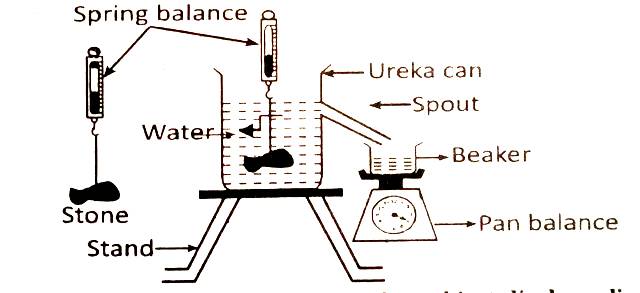How does a balloon filled with hydrogen gas rise up?
1 Answer
When a balloon filled with hydrogen gas is released it moves up the density of H2 is much less than the density of the air. The weight of air displaced by the balloon is greater than weight of balloon itself. It means upthrust on the balloon is greater and net upward force is large. Thus, the balloon rises up.
In simple terms, the principle states that the buoyancy force on an object is equal to the weight of the fluid displaced by the object, or the density of the fluid multiplied by the submerged volume times the gravitational acceleration, g. ... This is also known as upthrust.
A body at rest in a fluid is acted upon by a force pushing upward called the buoyant force, which is equal to the weight of the fluid that the body displaces. If the body is completely submerged, the volume of fluid displaced is equal to the volume of the body. If the body is only partially submerged, the volume of the fluid displaced is equal to the volume of the part of the body that is submerged.
Archimedes' principle is very useful for calculating the volume of an object that does not have a regular shape. The oddly shaped object can be submerged, and the volume of the fluid displaced is equal to the volume of the object. It can also be used in calculating the density or specific gravity of an object. For example, for an object denser than water, the object can be weighed in air and then weighed when submerged in water. When the object is submerged, it weighs less because of the buoyant force pushing upward. The object's specific gravity is then the object's weight in air divided by how much weight the object loses when placed in water. But most importantly, the principle describes the behaviour of any body in any fluid, whether it is a ship in water or a balloon in air.


